The Biden administration has rhetorically placed strengthening democracy abroad at the center of its foreign policy. As part of this push, the White House has committed to holding a “Summit for Democracy” to galvanize support for fighting corruption, combating authoritarianism, and advancing human rights. Some foreign policy analysts argue that such a meeting is ill-advised and the administration should instead “get to work” on these issues at home, while others offer smart recommendations for how to craft the gathering. Since no administration will backtrack after making such a bold announcement, those in the latter camp have made the more useful and practical contributions.
What has been largely overlooked in this debate is what comes before and after the summit as well as how the Biden administration articulates and delivers on its vision for strengthening democracy, human rights, and the rule of law. Convening a grouping of established and aspiring democracies to convey America’s commitment to the cause is smart and principled foreign policy, given China’s rise and America’s unsettling experience with stress on its own institutions. Even as it plans the summit, however, the White House should develop a roadmap for implementing the president’s vision. This means crafting a democracy and human rights strategy and signing an executive action required to cement it as U.S. policy.
From summitry to strategy
The summit is necessary but far from sufficient to address the many global challenges to democracy. Authoritarians are on the march, having used the pandemic as an excuse to expand executive authority and suppress dissent. Kleptocracy is on the rise and often underwrites authoritarians’ repression. The Chinese Communist Party has mounted an ideological insurgency against democracy by actively promoting an alternative governance model based on centralized control and censorship. Chinese companies linked to Beijing are exploiting and exacerbating governance gaps in vulnerable countries by using corruption and opaque processes to solidify deals that favor elite interests and undermine accountability. Russia uses corruption, attacks on elections, and disinformation to undermine democratic actors and allies with links to the United States and the European Union. Citizens in every major region feel that democracy is not helping make their lives better.
The Biden administration should use the summit to highlight these challenges, galvanize support for addressing them, and work with like-minded allies to develop solutions. But it must go beyond this to develop a roadmap for success and take follow-on bureaucratic actions to cement progress. This means developing a comprehensive U.S. democracy and human rights strategy that encompasses all the relevant agencies and tools for support.
The strategy must include clear short- and long-term goals and theories of success for achieving them, with measurable objectives for chosen areas of focus. The overarching long-term goal of the United States should be a world where democracy is the predominant form of governance — because it is the model with the best chance of delivering peace and prosperity for citizens. The strategy will need to articulate country and regional priorities and visions for success in each, given competing strategic priorities and finite resources.
As I have written elsewhere, five areas of focus warrant attention as part of the Biden administration’s democracy strategy. First, it should bolster core institutions of democracy in strategically important countries. Second, democracy strengthening and democracy protection should be coupled to enable countries to prevent and counter Russian and Chinese interference. Third, it should support a positive vision for how technology can deliver on democratic principles and pushing back against digital authoritarianism. Fourth, it should recommit to working with allies to shore up democracy abroad. Finally, it must back these initiatives with forceful and principled diplomacy to stand with democratic activists and speak out against dictators and tyrants.
The administration’s democracy and human rights strategy should also include steps to revitalize democracy at home. A dual international and domestic democracy strategy would reflect how the administration has prioritized work on this important issue at home and abroad — and lend credibility to efforts overseas by explicitly recognizing (and putting resources against) weaknesses in U.S. democratic practice.
From strategy to policy
A U.S. democracy strategy should be a main deliverable for the summit. The administration can use the summit to announce the new approach and with it a commitment of significant foreign assistance resources to implement the vision. The Biden administration should enshrine the democracy strategy in a National Security Directive, like it did for the White House approach to COVID-19. Such a directive would establish the strategy as the U.S. policy for supporting democracy at home and abroad and carry with it the direction of the president that the federal government execute this vision.
Presidents have regularly used directives to state their policy on a range of issues. The George W. Bush administration, which issued 66 such directives, outlined its Artic Region Policy in National Security Presidential Directive (NSPD) 66 and U.S. cybersecurity policy in NSPD 54. The Obama administration, which issued 43 directives, outlined a new U.S. policy toward Cuba in Presidential Policy Directive (PPD) 43. And the Trump administration, which released 18, outlined U.S. policy on promoting women’s global development and prosperity in its National Security Presidential Memorandum (NSPM) 53. Every administration dating back to the Truman presidency has done the same.
Beyond codifying the U.S. approach to democracy and thereby increasing the probability the strategy is effective, a presidential directive sends a strong signal to our allies — and authoritarians — that the United States is serious about strengthening democracy overseas.
Developing such strategies and directives takes time. The National Security Council (NSC) should start the drafting and planning processes now even as it plans a summit. If it does not, the White House risks this high-level meeting sucking the oxygen out of its democracy efforts and being left, post-meeting, with little to show and the actual work left to do. Arguably, the strategy — and not the summit — should be the NSC’s priority focus on this issue set in the coming months.
Looking ahead
Summits are sexy. Policy documents are not. Thankfully, they are not mutually exclusive. The Biden administration is right to hold the summit and in so doing demonstrate to the world the U.S. commitment to democracy. It should use the summit to announce its broader democracy strategy, and ensure that all agencies quickly implement the strategy.
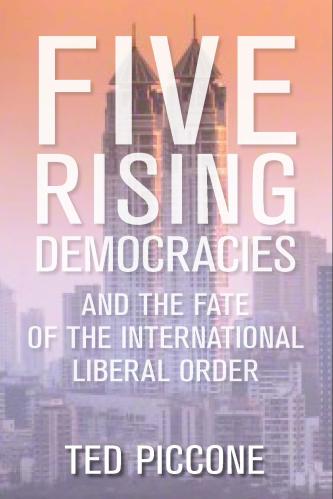

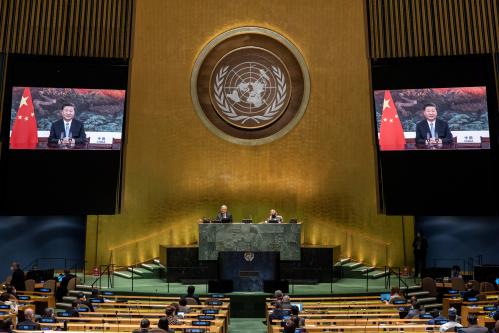
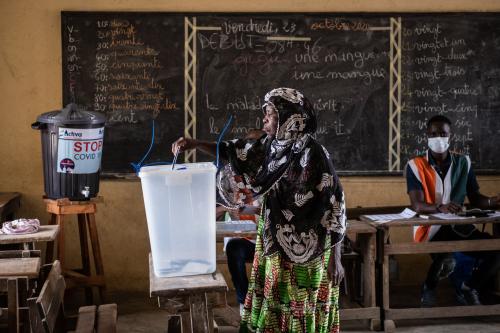
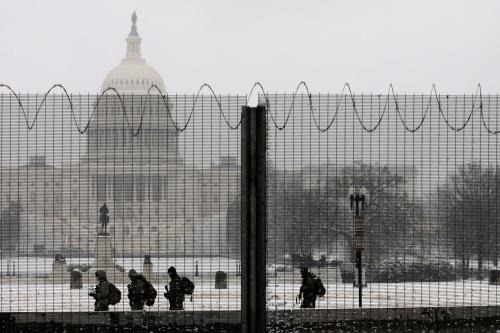
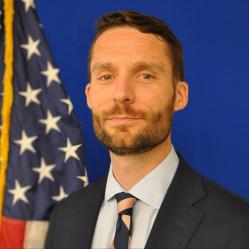



Commentary
The Democracy Summit must be paired with a democracy strategy
February 19, 2021